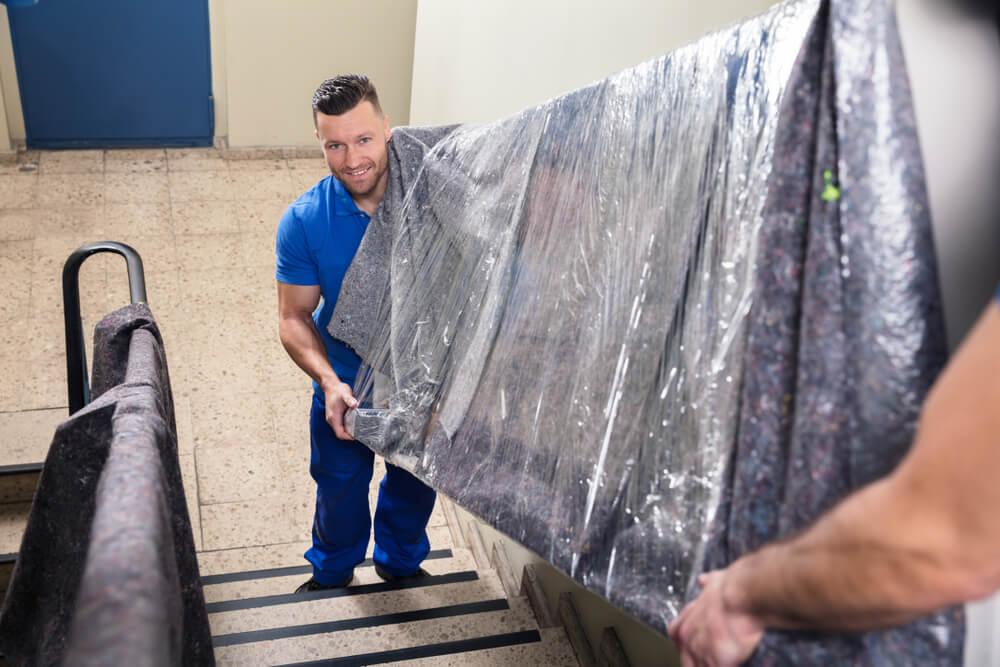How do you move heavy furniture on a hard floor?
Published by Joe Webster

Moving heavy furniture on hard floors requires caution and proper technique to prevent damage. Steps like avoiding dragging, using protective materials, and employing the right tools can make the process smoother and safeguard your floors and furniture.
Moving heavy furniture across hard floors presents unique challenges that require careful planning and execution. Improper handling can result in scratches, dents, or other damage to both the furniture and the flooring. Therefore, employing the right techniques and tools is essential to ensure a smooth and damage-free moving process. From using sliders and protective materials to following proper lifting techniques, these steps can help mitigate risks and make the task more manageable.
The Importance of Floor Protection When Moving Furniture
Any transfer involving big furniture requires floor protection, which we often ignore. Moving heavy furniture can harm the furniture and the building's flooring and injure people. Moving can cause tile chips, carpet splits, and wooden floor damage. Thus, comprehensive flooring protection planning is essential.
Today, there are many temporary floor protection options to prevent shifting damage. Coverings help prevent accidents on carpets and hard floors. Floor protection rolls, sticky films, and hardboard sheets help avoid costly damage. Professional moving services with floor protection measures can further protect the property. Furniture sliders, equipment pads, and more are standard when handling large goods.
The Right Tools for Moving Heavy Furniture

Moving heavy furniture requires the right tools. This streamlines the process and dramatically decreases the danger of handling-related injuries. Professional movers use furniture dollies, lifting straps, and hand trucks to carry big furniture. These aids are designed to ease the pressure on the mover and protect the furnishings.
A furniture dolly makes moving wardrobes, couches, and pianos easier. Perfect for short and long-distance moves within the premises. Lifting straps and harnesses help move odd-shaped things. They improve control, maneuverability, and lifting posture. Finally, hand trucks help move boxes and stacked things. These gadgets make driving easier, safer, and faster.
Using Sliders to Move Heavy Furniture
Sliders are instrumental tools used by moving and relocation services to transport heavy furniture from one point to another efficiently. They are placed under the feet or corners of the furniture, drastically reducing friction and enabling the item to glide over the floor with ease. These tools are beneficial for moving furniture over long distances and allow for easy rearrangement and positioning in new spaces.
Designed with durable materials such as hard rubber or polymer, sliders do not cause scratches or scuffs on the floor. They are ideal for hard surfaces like wood and tile and softer surfaces like carpet. Whether it's a hefty wardrobe, a bulky couch, or a grand piano, using sliders makes moving heavy furniture far less daunting and more manageable in offering convenience and efficiency.

Frequently Asked Questions
Moving heavy furniture can present several challenges, such as causing strain and potential injury, damaging the furniture or the floor, and making navigation tricky, especially in tight spaces.
Protecting the floor is crucial when moving furniture to prevent scratches, dents, or other damages. It is vital for hardwood or tiled floors, which are more susceptible to damage.
Several tools can be used to move heavy furniture, such as dollies, hand trucks, lifting straps, and sliders. These tools can help alleviate the physical stress of moving large items and prevent damage to the furniture or floor.
Furniture sliders are small pieces of material, usually made of plastic or rubber, with a hard surface on one side, placed under the furniture legs. When you push or pull the furniture, the sliders reduce friction between the furniture and the floor, making the movement easier.
Yes, sliders can be used for a variety of floor types. However, ensuring you use the correct type of slider for your floor is crucial. Hard plastic sliders work best on soft surfaces like carpets, whereas dull, padded sliders are more suitable for hard surfaces like hardwood or tile.

